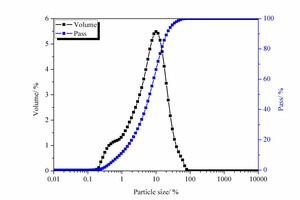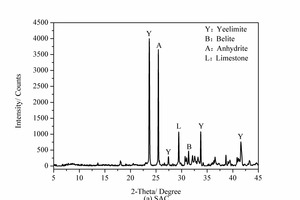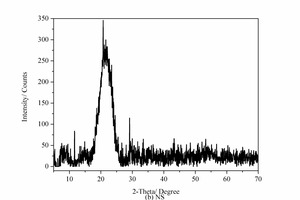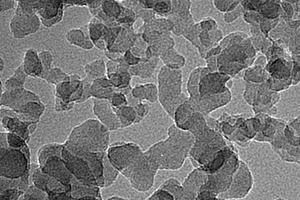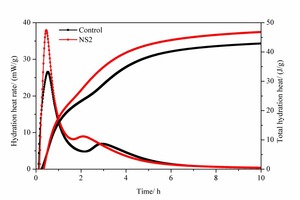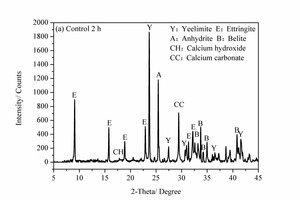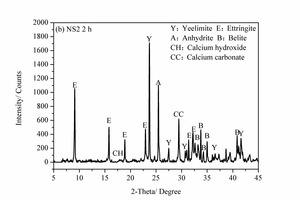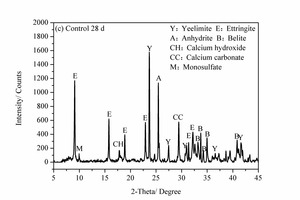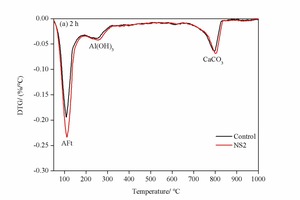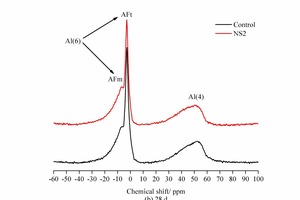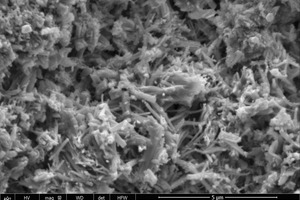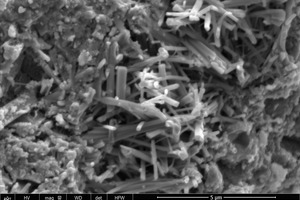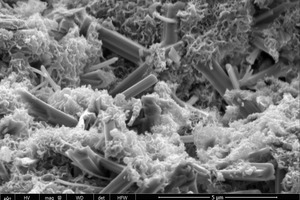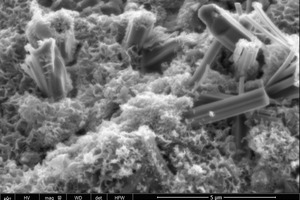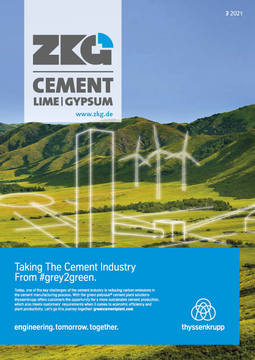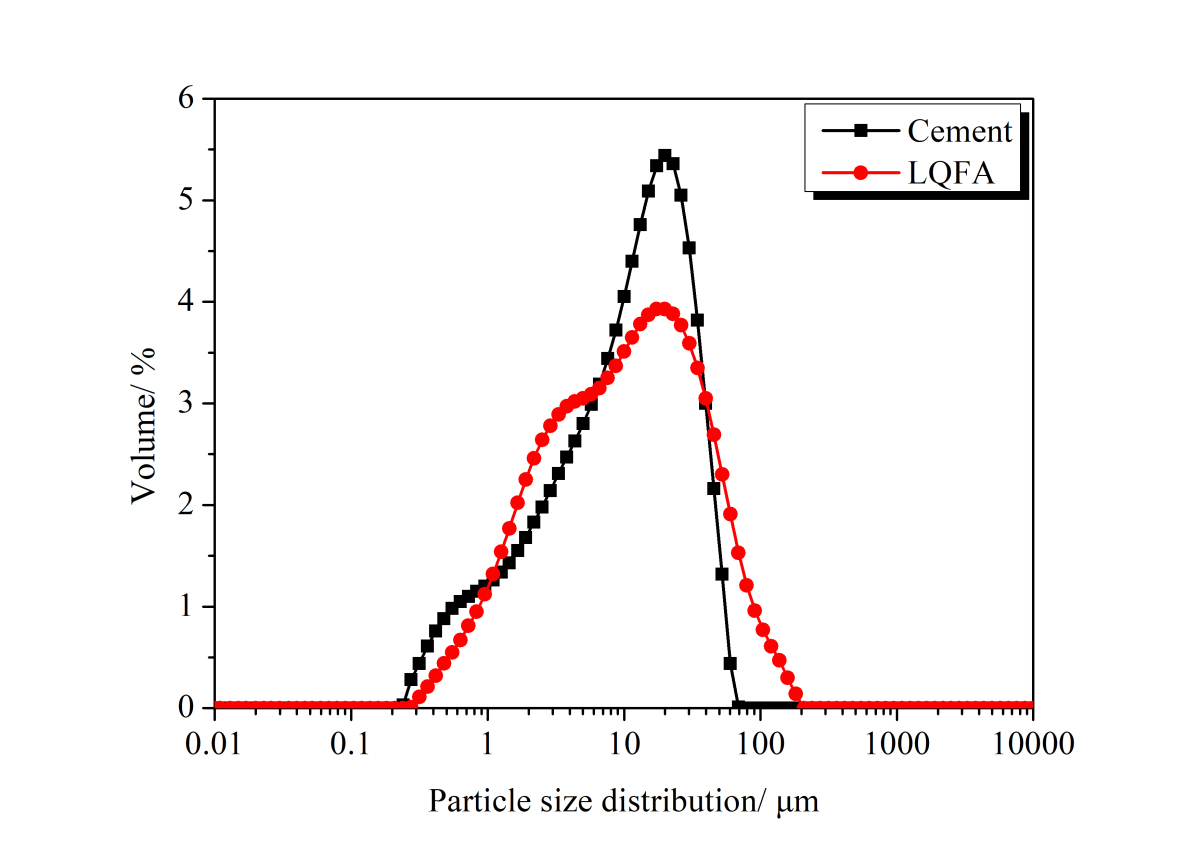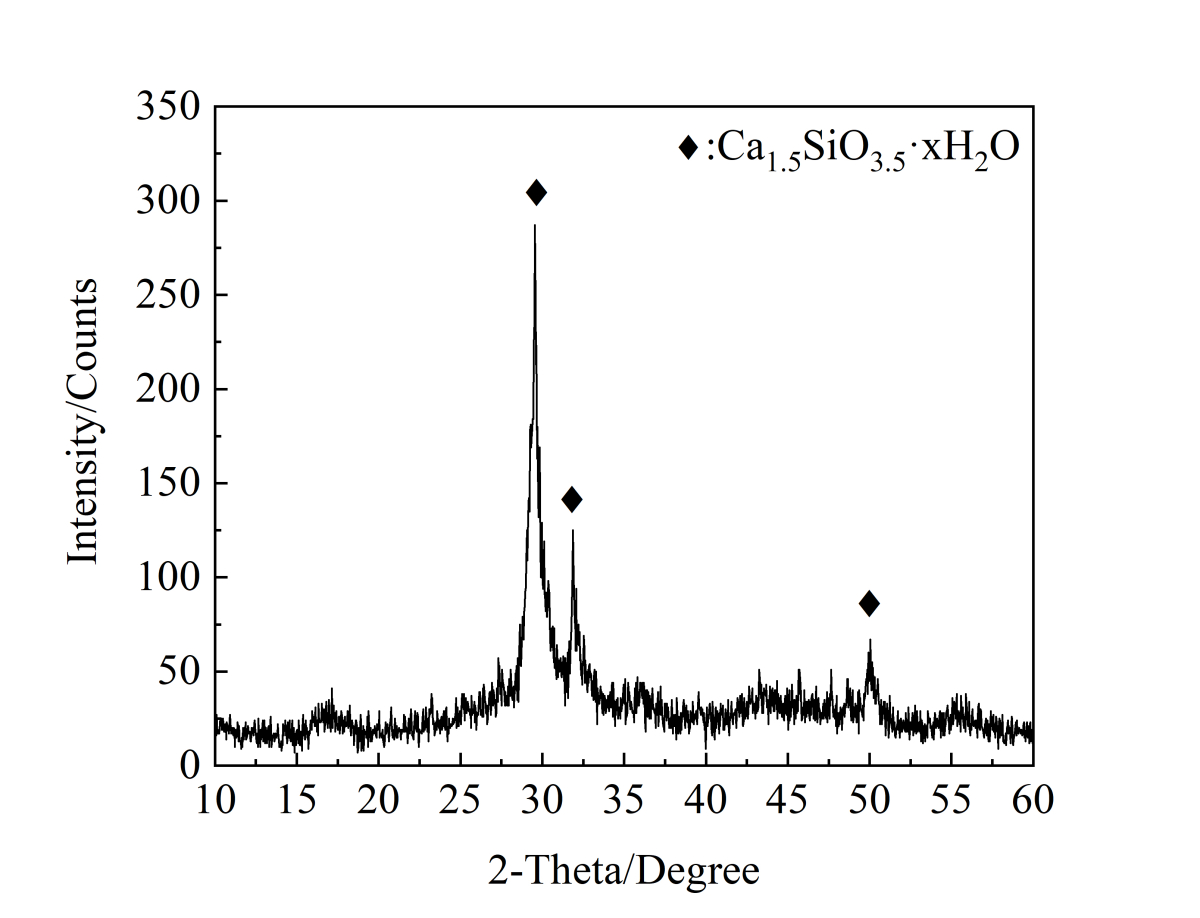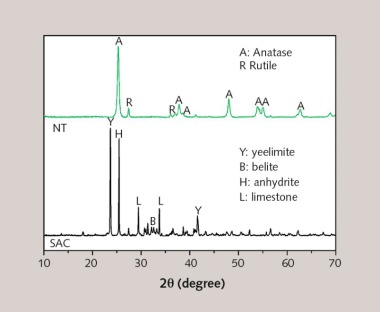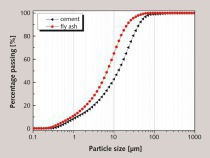Mechanical properties and hydration characteristics of sulfoaluminate cement-based materials containing nano silica
This paper examines the effect of nano silica (NS) on the mechanical properties and hydration characteristics of materials based on sulfoaluminate cement (SAC). The compressive strength and flexural strength of mortars were measured with different NS addition levels ranging from 0 to 3%. The results indicate that the compressive strength and flexural strength are significantly improved with increasing NS content up to 2% and then decrease slightly with a further increase in NS content (e.g. at 3%). The strength loss of SAC-based materials can also be avoided when NS is added. The underlying mechanism was then analyzed by mercury intrusion porosimetry (MIP), microcalorimetry, X-ray diffraction (XRD), differential thermogravimetry (DTG), nuclear magnetic resonance (NMR) and scanning electron microscopy (SEM). The results indicate that the microaggregate filling effect and nucleation effect of NS act as the major factors in the early stages while the pozzolanic effect plays a dominant role in the later stages. These effects are beneficial in improving the compactness of SAC-based materials, and thus in increasing the strength and avoiding the strength loss at all ages. These results could also be expected to provide guidance on the use of NS in SAC-based materials.
1 Introduction
Sulfoaluminate cement (SAC) has been regarded as a green and environment-friendly high-performance special cement due to its lower energy consumption and lower CO2 emissions when compared with OPC production [1, 2]. This provides very optimistic prospects for development. Due to the advantages of rapid setting time, high early strength, negative temperature hardening and low alkalinity [3, 4], SAC has also been widely used in repair engineering and many special projects. However, it cannot be ignored that sulfoaluminate cement has the defect of reduced flexural strength [5]. When...

